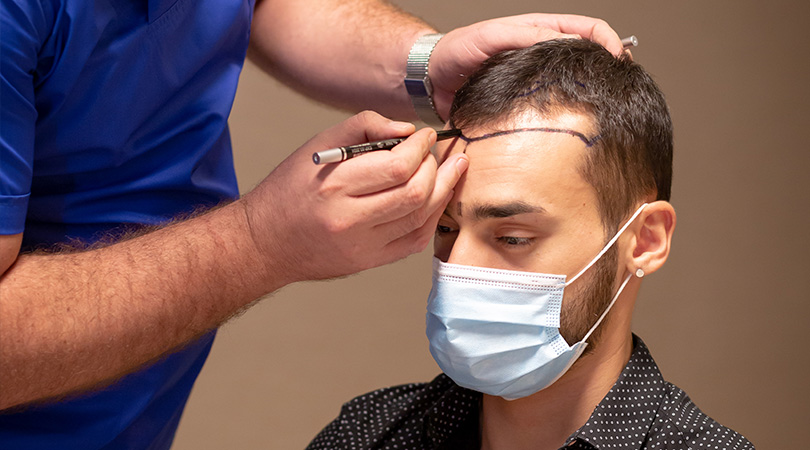
Latest Developments in Hair Transplantation Methods
Hair transplantation has come a long way since its early days, and advancements in technology and techniques have made the procedure more effective and less invasive. Here are some of the latest developments in hair transplantation methods:
1. Robotic Assistance: One of the most significant advancements in hair transplantation is the use of robotic assistance. This technology allows for more precise and efficient extraction and implantation of hair follicles, resulting in natural-looking results.
2. Follicular Unit Extraction (FUE): FUE has become increasingly popular due to its minimally invasive nature. This method involves extracting individual hair follicles from the donor area and implanting them into the balding or thinning areas. Advancements in FUE technology have made the process faster and more accurate.
3. Platelet-Rich Plasma (PRP) Therapy: PRP therapy has gained traction as a complementary treatment to hair transplantation. It involves using the patient's own blood plasma, enriched with platelets, to promote hair growth and enhance the healing process after transplantation.
4. Stem Cell Therapy: Researchers are exploring the potential of stem cell therapy in regenerating hair follicles and promoting hair growth. While still in the early stages of development, this approach holds promise for improving the outcomes of hair transplantation procedures.
5. Improved Graft Survival Rates: Innovations in storage solutions and techniques have led to improved graft survival rates during transplantation. This means a higher percentage of transplanted hairs successfully take root and continue to grow after the procedure.
These developments represent exciting progress in the field of hair transplantation, offering new hope for individuals struggling with hair loss. As technology continues to advance, it's likely that even more sophisticated and effective methods will emerge, further enhancing the outcomes of this transformative procedure.

